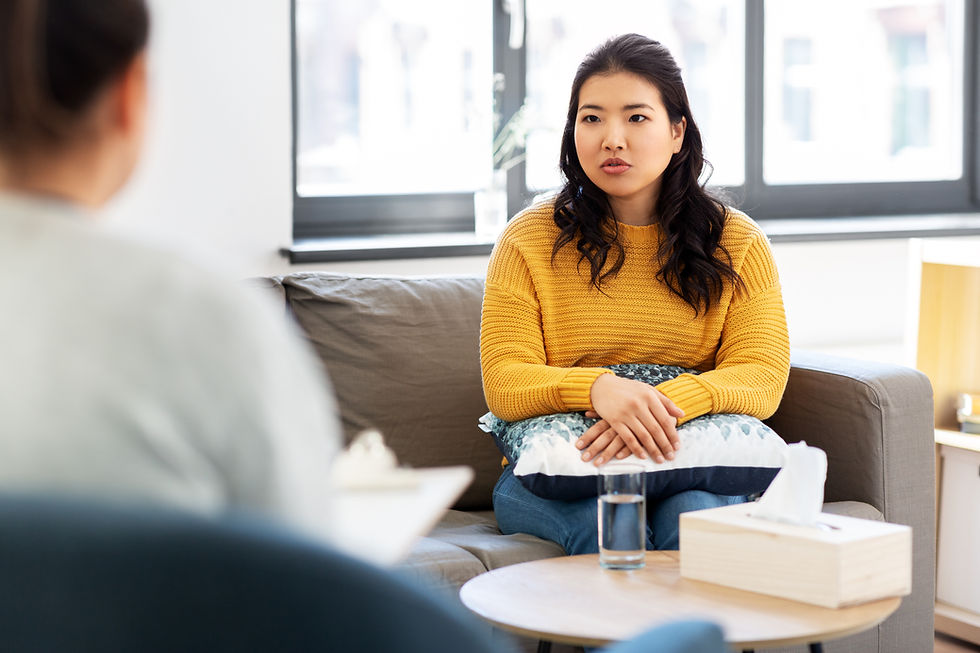The Power of Art and Creativity in Mental Health: Nurturing the Mind and Soul
- Hava Zuidema

- Oct 28, 2023
- 2 min read
Art has a unique ability to speak to the human soul, transcending the boundaries of language and logic. It can be a powerful tool for understanding, healing, and improving mental health. In this blog post, we'll explore the profound impact of art and creativity on mental well-being and how engaging in artistic endeavors can be a therapeutic and enriching experience.

The Therapeutic Potential of Art:
Art therapy is a recognized form of psychotherapy that harnesses the creative process to help individuals explore their emotions, resolve conflicts, and improve self-awareness. However, you don't need to be a professional artist to experience the benefits of creative expression. Engaging in art in any form, whether it's drawing, painting, sculpting, writing, or playing a musical instrument, can have a profound impact on mental health.
1. Self-Expression and Emotional Release:
Art provides a safe and non-verbal means of expressing complex emotions that may be challenging to put into words. It allows individuals to explore and release pent-up feelings, reducing stress and anxiety.
2. Mindfulness and Presence:
The process of creating art often demands focused attention and being in the present moment. This mindfulness can reduce ruminative thinking, promoting a sense of calm.
3. Problem Solving and Creativity:
Engaging in creative activities stimulates problem-solving skills and encourages thinking outside the box. It can foster a sense of accomplishment and boost self-esteem.
4. Building Resilience:
Art encourages experimentation and learning from mistakes, promoting resilience by reframing failures as opportunities for growth.
5. Connecting with Others:
Participating in group art activities can foster a sense of community and provide opportunities for social interaction and support.
Many individuals have experienced the transformative power of art in their mental health journeys. Whether it's a person coping with trauma, depression, or simply the stresses of everyday life, art offers a creative outlet for healing and self-discovery. Sharing personal stories of individuals who have found solace and strength in art can be inspiring and comforting for those on a similar path.
Getting Started with Art for Mental Health:
You don't need to be an artist to reap the mental health benefits of art and creativity. Here are some steps to get started:
Choose an Art Form: Experiment with different art forms until you find one that resonates with you, whether it's painting, drawing, writing, or playing a musical instrument.
Create a Comfortable Space: Dedicate a space where you can express yourself freely without judgment.
Start Small: Begin with simple projects or ideas, and gradually challenge yourself to explore more complex concepts.
Release Expectations: Remember that the process, not the end product, is what matters most. Allow yourself to create without judgment.
Seek Inspiration: Explore art in all its forms, visit galleries, attend workshops, or collaborate with others to stimulate your creativity.
The power of art and creativity in mental health is undeniable. It provides a healing and transformative space for self-expression, mindfulness, and personal growth. As you embark on your artistic journey, remember that the benefits of art go far beyond the final product; it's about the process and the positive impact it can have on your mental well-being. So, pick up that brush, pen, or instrument, and let your creativity flow as you nurture your mind and soul.



Comments